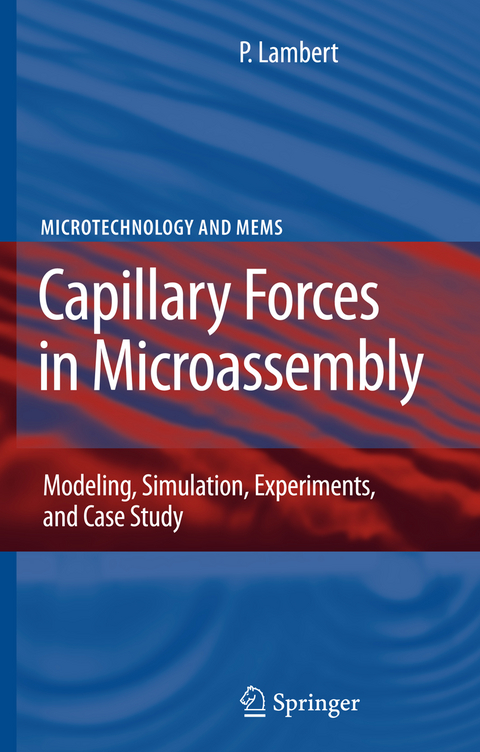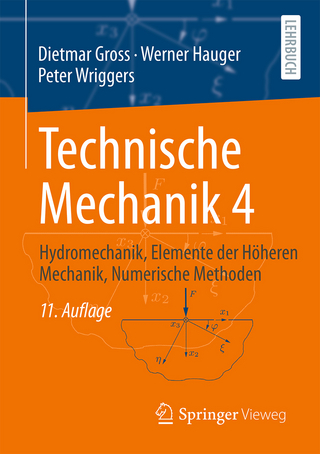
Capillary Forces in Microassembly
Springer-Verlag New York Inc.
978-1-4419-4382-8 (ISBN)
Capillary Forces in Microassembly discusses the use of capillary forces as a gripping principle in microscale assembly. Clearly written and well-organized, this text brings together physical concepts at the microscale with practical applications in micromanipulation. Throughout this work, the reader will find a review of the existing gripping principles, elements to model capillary forces as well as descriptions of the simulation and experimental test bench developed to study the design parameters. Using well-known concepts from surface science (such as surface tension, capillary effects, wettability, and contact angles) as inputs to mechanical models, the amount of effort required to handle micro-components is predicted. These developments are then applied in a case study concerning the pick and place of balls in a watch ball bearing.
Researchers and engineers involved in micromanipulation and precision assembly will find this a highly useful reference for microassembly system design and analysis.
Microassembly Specificities.- From Conventional Assembly to Microassembly.- Classification of Forces Acting in the Microworld.- Handling Principles for Microassembly.- Conclusions.- Modeling and Simulation of Capillary Forces.- First Set of Parameters.- State of the Art on the Capillary Force Models at Equilibrium.- Static Simulation at Constant Volume of Liquid.- Comparisons Between the Capillary Force Models.- Example 1: Application to the Modeling of a Microgripper for Watch Bearings.- Second Set of Parameters.- Limits of the Static Simulation.- Approaching Contact Distance, Rupture Criteria, and Volume Repartition After Separation.- Example 2: Numerical Implementation of the Proposed Models.- Conclusions of the Theoretical Study of Capillary Forces.- Experimental Aspects.- Test Bed and Characterization.- Results.- Example 3: Application to the Watch Bearing.- Example 4: Application to the Watch Bearing.- Conclusions.- General Conclusions and Perspectives.- Conclusions and Perspectives.- Appendices.- Modeling Complements.- Geometry Complements.- Comparison Between Both Approaches.- Symbols.
| Erscheint lt. Verlag | 24.11.2010 |
|---|---|
| Reihe/Serie | Microtechnology and MEMS |
| Zusatzinfo | XXII, 263 p. |
| Verlagsort | New York, NY |
| Sprache | englisch |
| Maße | 155 x 235 mm |
| Themenwelt | Naturwissenschaften ► Physik / Astronomie ► Mechanik |
| Technik ► Elektrotechnik / Energietechnik | |
| Technik ► Maschinenbau | |
| ISBN-10 | 1-4419-4382-X / 144194382X |
| ISBN-13 | 978-1-4419-4382-8 / 9781441943828 |
| Zustand | Neuware |
| Informationen gemäß Produktsicherheitsverordnung (GPSR) | |
| Haben Sie eine Frage zum Produkt? |
aus dem Bereich


